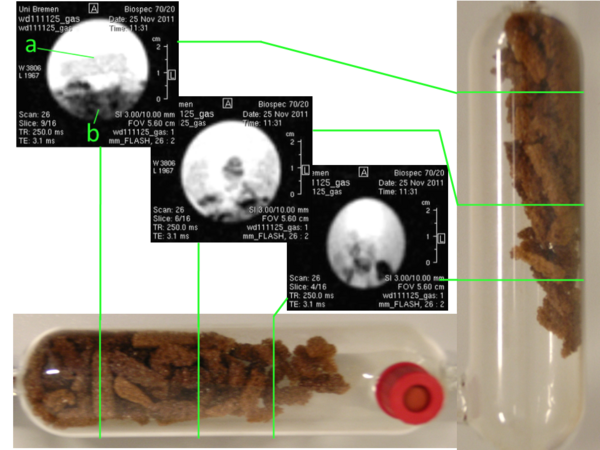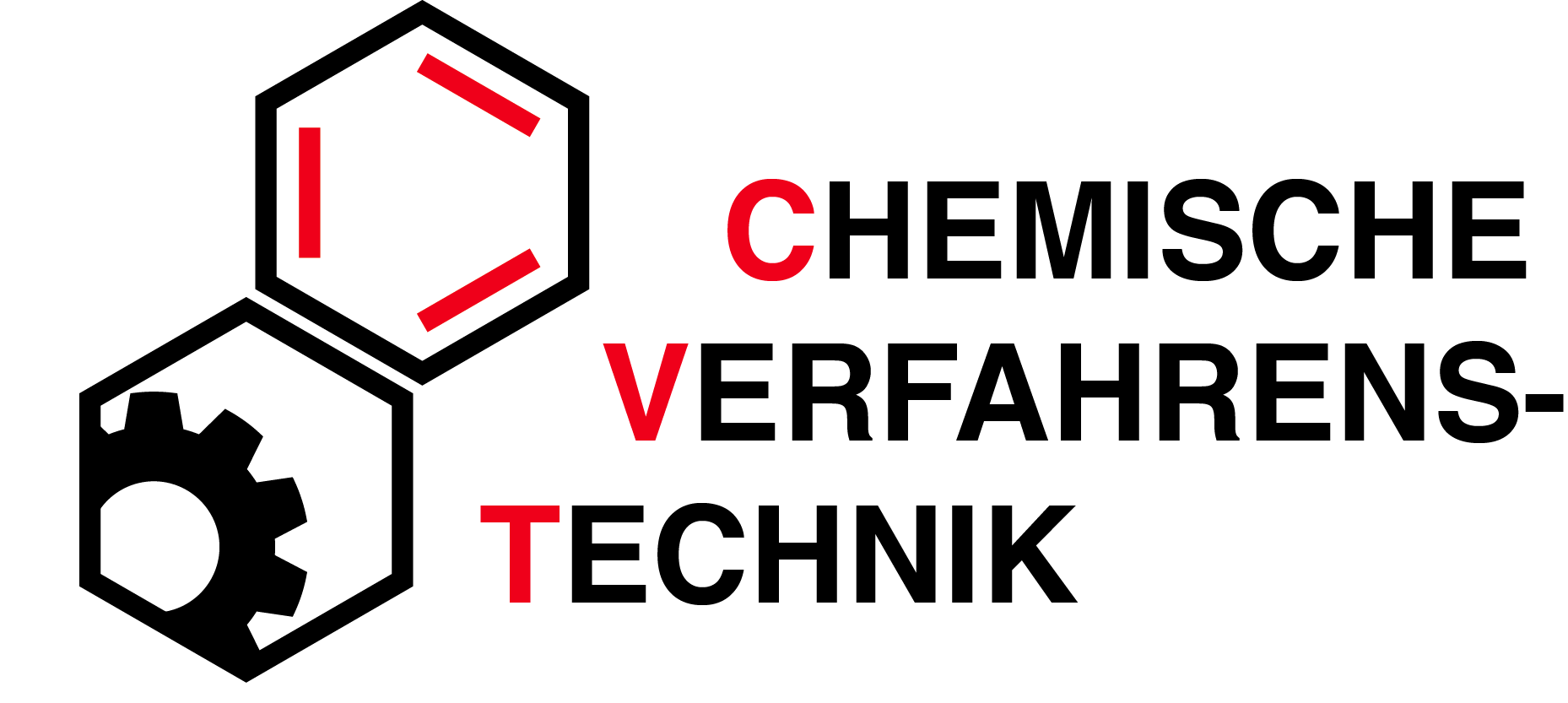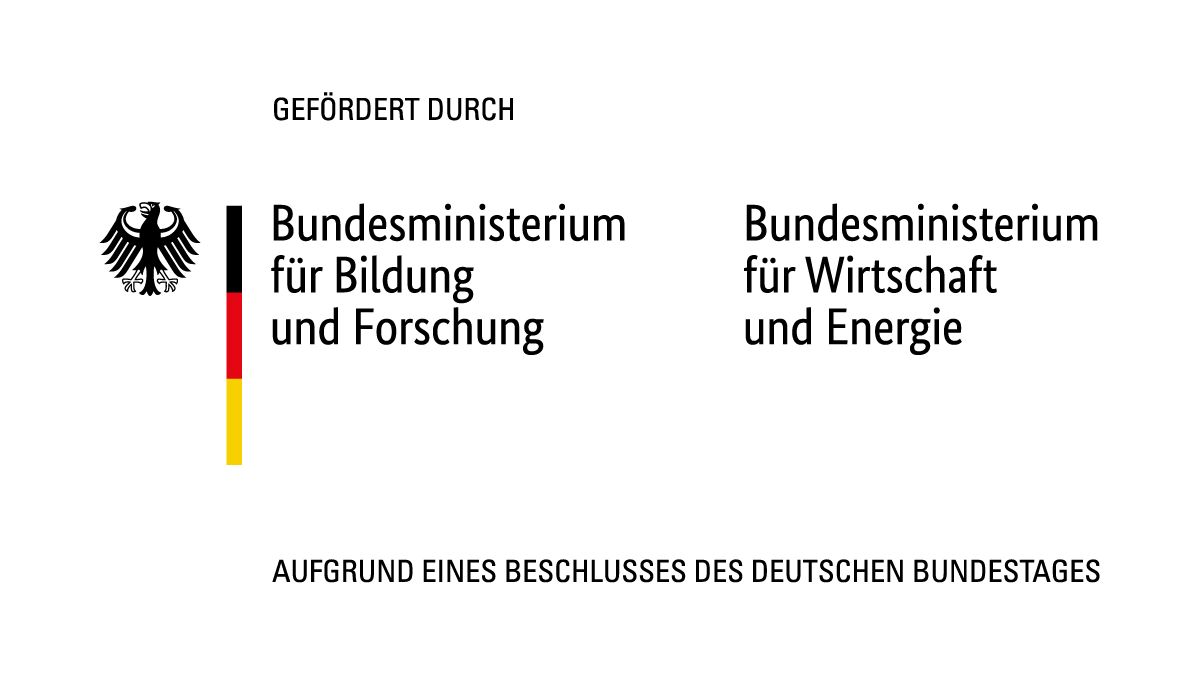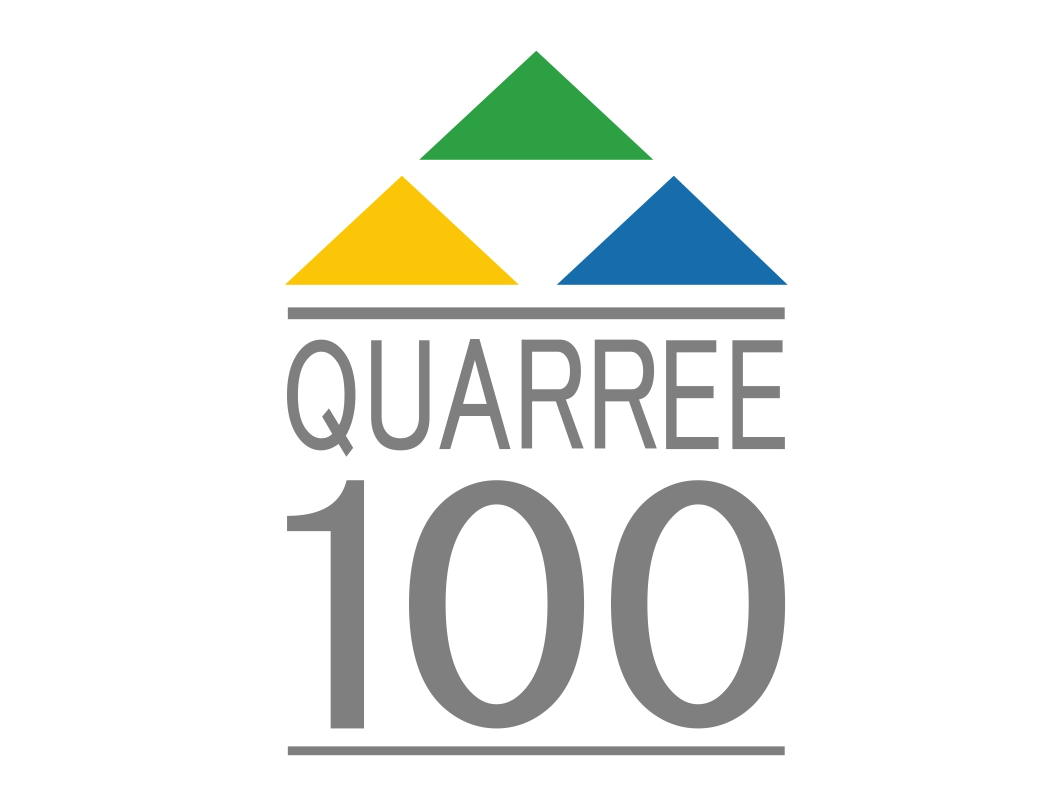QUARREE100 / Operando MRI Measurements
The QUARREE100 project is funded by the federal government of Germany with 24 Mio. €. It is one of six landmark projects of the Energiewende. Its final objective is to develop exemplary and transferable solutions to energy transition of urban neighbourhoods to 100 % renewable energy. By combining (Sektorkopplung) and integrating heating, cooling, power and by using storage, smart energy conversions and distribution technologies, the highest possible degree of efficiency of renewable energy supply will be reached. It is pursued by a consortium of 20 partners, ranging from small and medium-sized companies, to university institutes, research organizations, municipal corporations and development agencies. The partners have committed themselves to researching and developing models, simulations and actual energy infrastructure for a 20-ha mixed use neighbourhood in the city of Heide by the name of “Rüsdorfer Kamp”. The neighbourhood should be ready to provide space for about 400 residents, small businesses, social enterprises and industry.

Gas phase reactions with NMR methods

Gas phase reactions with NMR methods
In the framework of this project we develop a highly efficient and flexible Fischer-Tropsch (FT) reactor to produce synthetic fuels. Using synthetic fuels made from carbon dioxide and hydrogen allows CO2-neutral operation of vehicles, in a time where almost every cars engine runs based on carbon fuels. A flexible production of synthetic fuels enables companies to face the dynamic power input resulting from windmills or solar panels. Hence, we investigate the influence of dynamic operation (fluctuations of the reactant stream) on the overall efficiency. By using optimized operando MRI methods, the transport of fluids inside the reactor can be examined. This opens new possibilities to increase heat, mass and momentum transport and to thus make the FT process more efficient.
Furthermore, we support the development of gas station based on future energy technologies.
Project-relevant publications
Pesch et al. (2022).Chemical Engineering and Processing-Process Intensification. https://doi.org/10.1016/j.cep.2022.109086
Ridder et al. (2022), ACS Measurement Science Au. https://doi.org/10.1021/acsmeasuresciau.2c00022
Ridder, et al. (2021), Chemical Engineering Journal, 133583. https://doi.org/10.1016/j.cej.2021.133583
Ridder et al. (2021), Review of Scientific Instruments 92(4), 043711. https://doi.org/10.1063/5.0044795
Mirdrikvand et al. (2019), Reaction Chemistry & Engineering. https://doi.org/10.1039/C9RE00082H
Further reads on operando MRI (not published within the framework of this project)
Ulpts et al. (2015), Applied Catalysis A 502, 340–349. http://doi.org/10.1016/j.apcata.2015.06.011
Ulpts et al. (2016), Catal Today 273, 91–98. https://doi.org/10.1016/j.cattod.2016.02.062
Ulpts et al. (2018). Catal Today 310, 176–186. http://doi.org/10.1016/j.cattod.2017.05.009
Jürgen Ulpts' PhD thesis
Contact:
Ridder, Harm, M. Sc.
Room UFT 2050
Phone 0421- 218 - 63370
harmprotect me ?!uni-bremenprotect me ?!.de
Weitere Infos
BMWi/BMBF project QUARREE100:
https://quarree100.de



